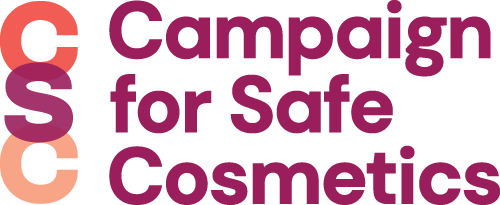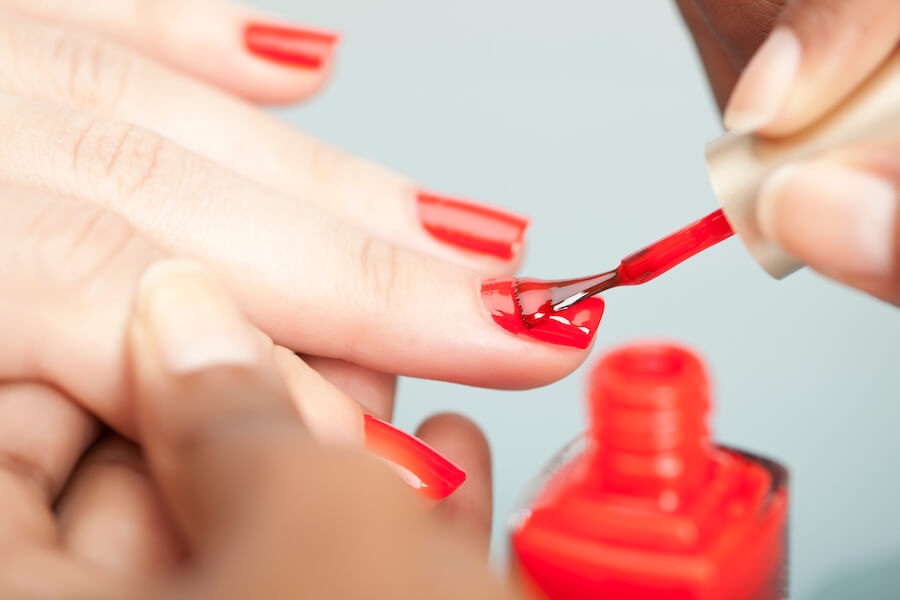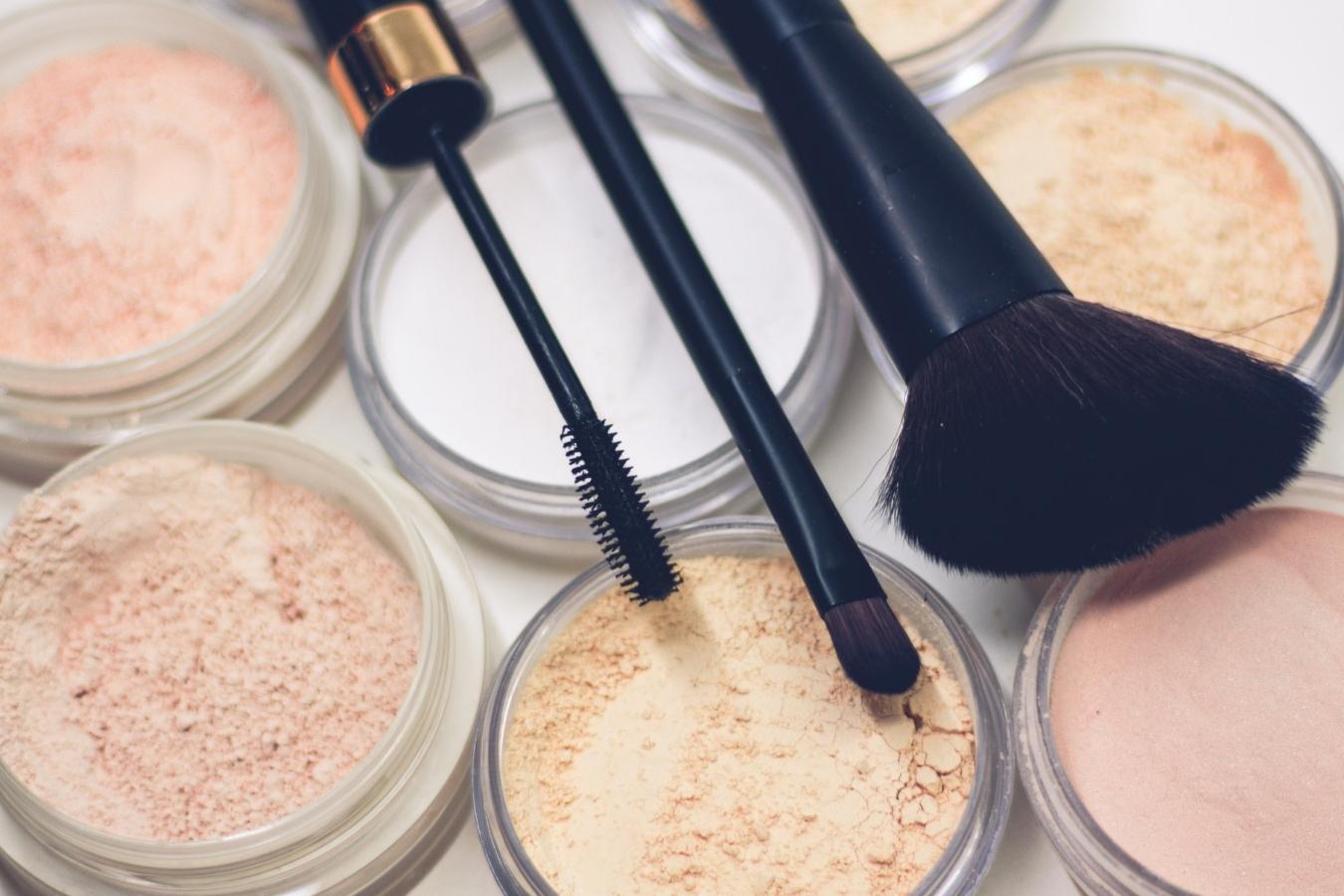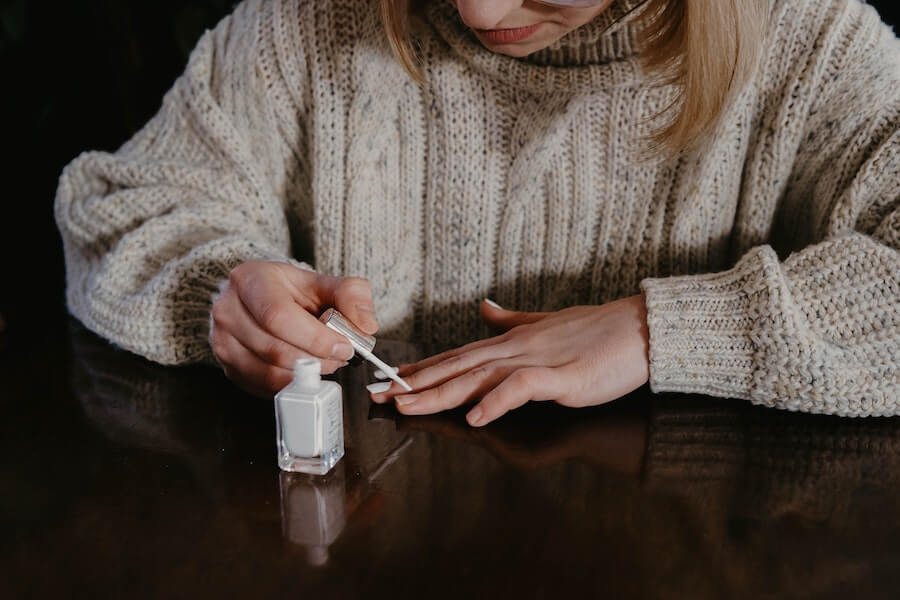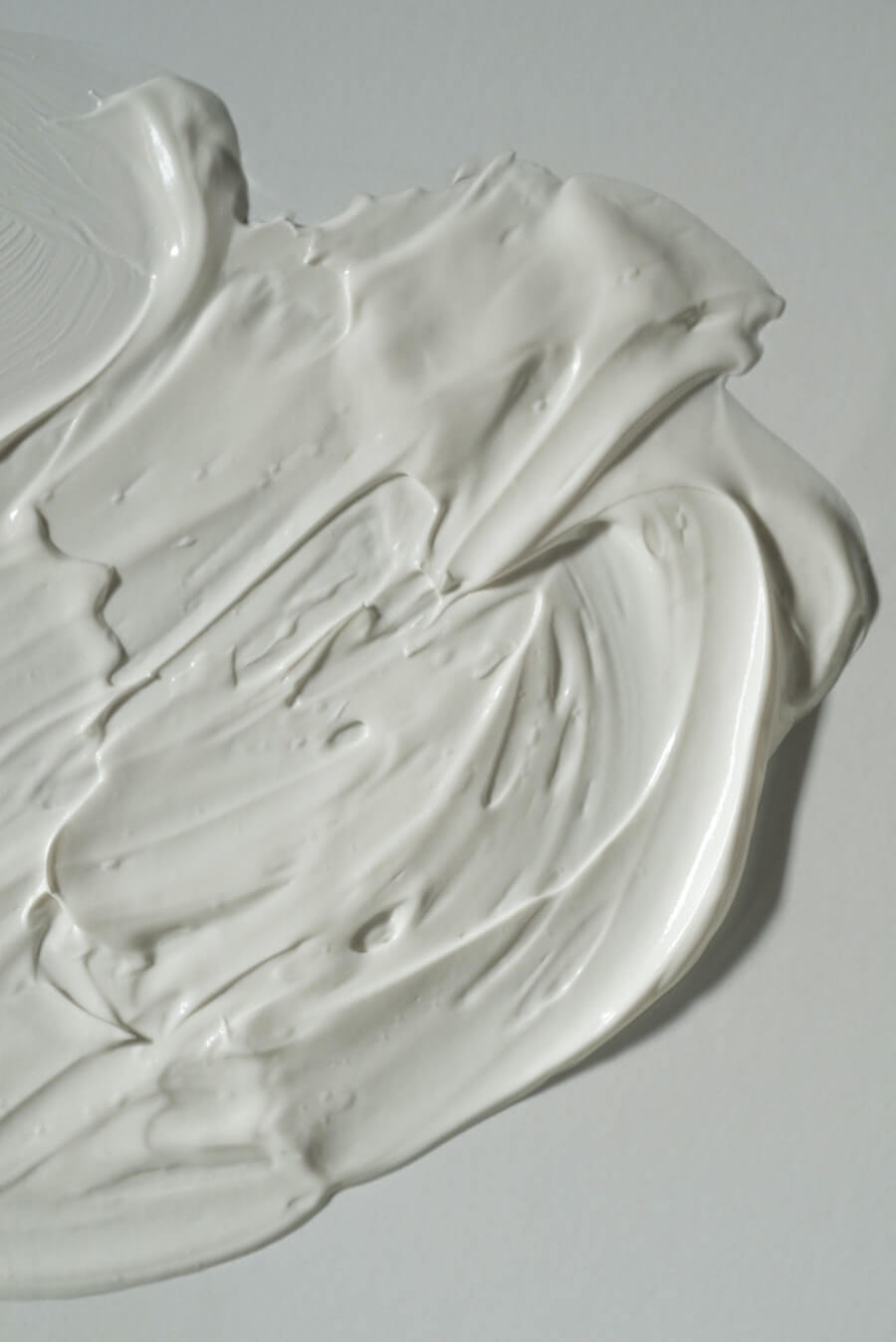WHAT IS TOLUENE?
Toluene, found naturally in crude oil and in the tolu tree, is added to gasoline[2] and is used in the making of many products including paint thinners, adhesives, rubber and hair dyes.[2][3]
It is also used in nail products to suspend the color and form a smooth finish across the nail. While the Occupational Safety and Health Administration has set limits for worker exposure to toluene, and the California Division of Occupational Safety and Health has set even stricter limits,[1] it is reasonable to assume that nail salon workers are exposed to unacceptably high levels of the chemical. These workers are exposed on a daily basis over long shifts in salons that may lack proper ventilation and environmental monitoring equipment.
